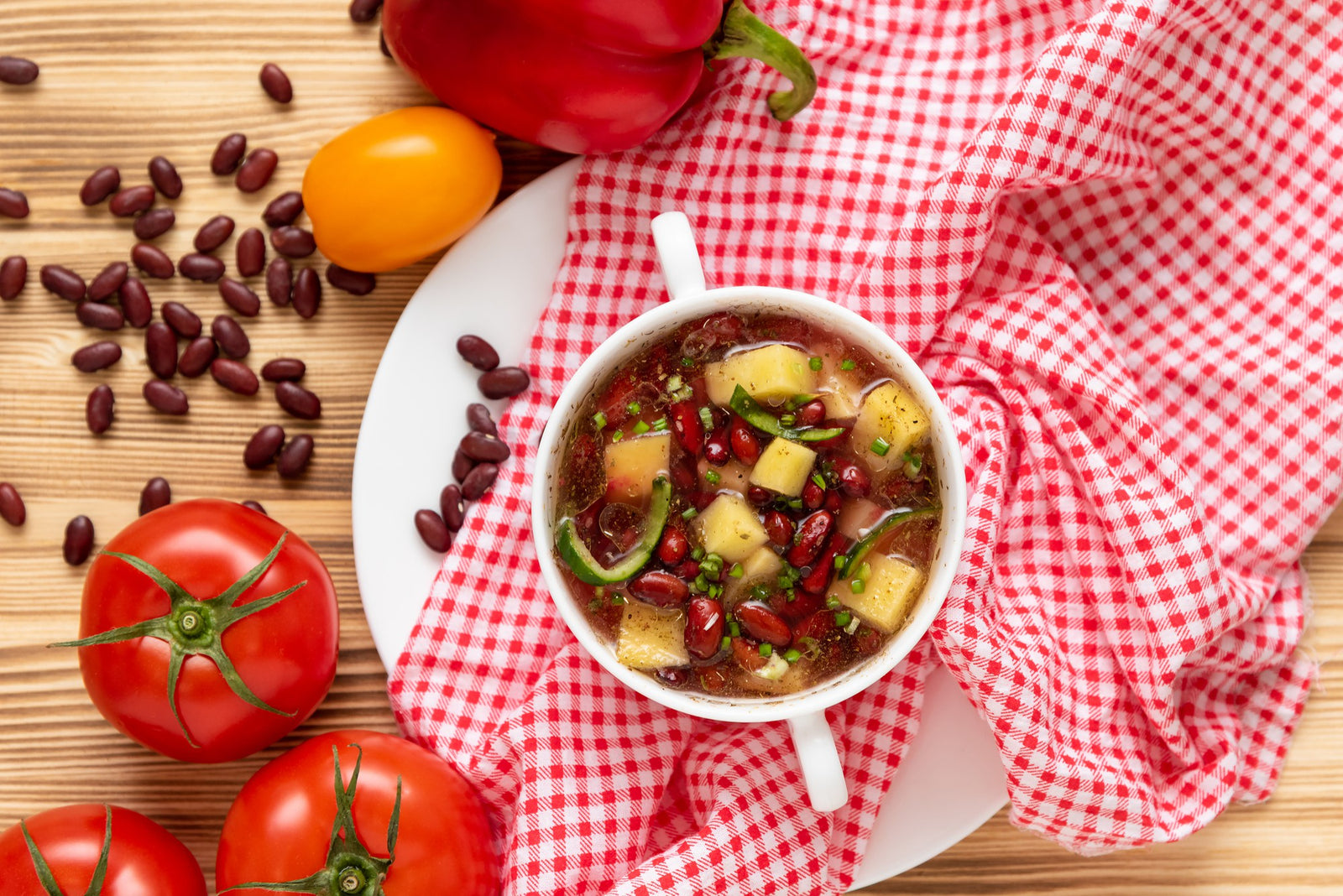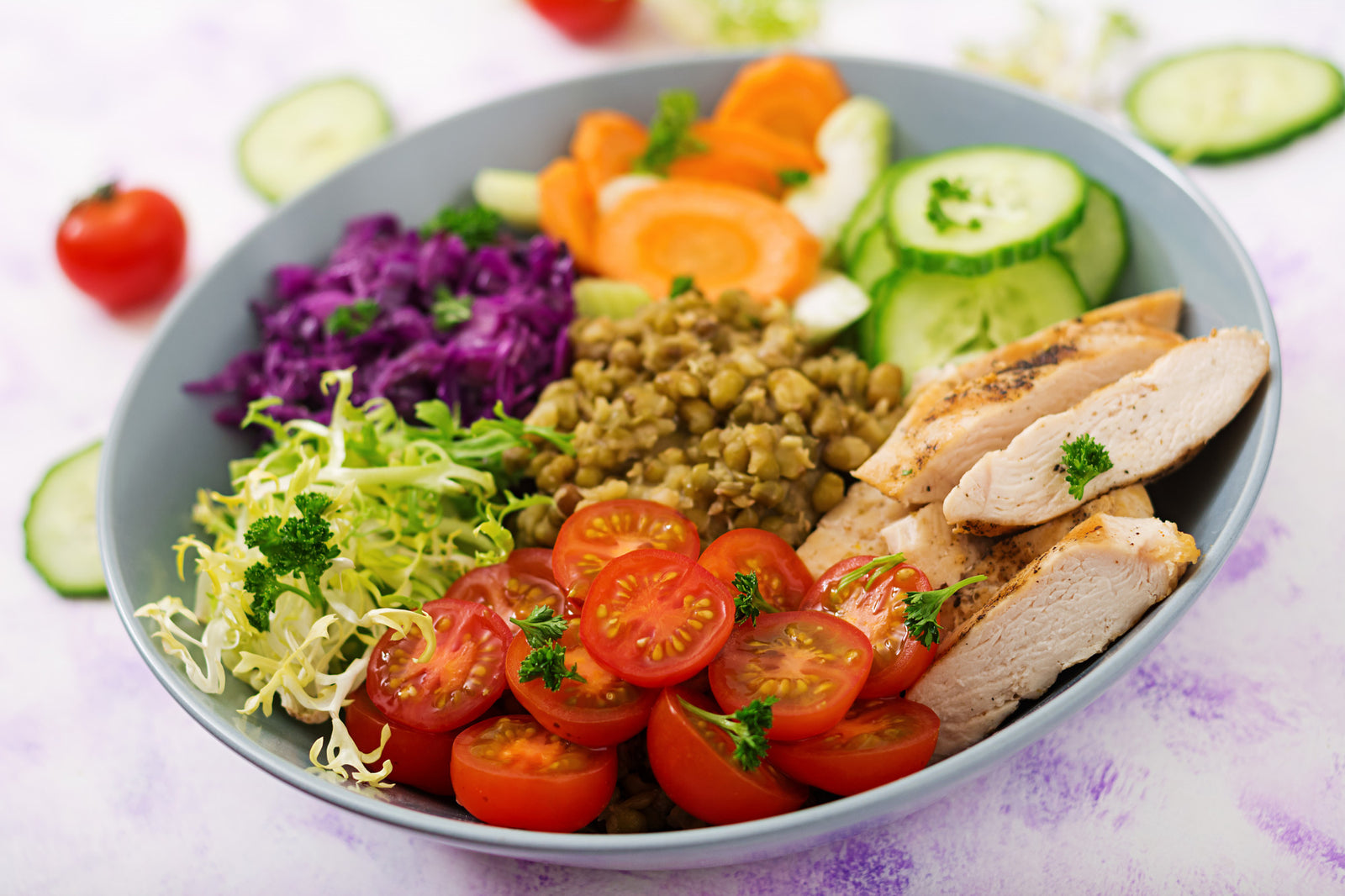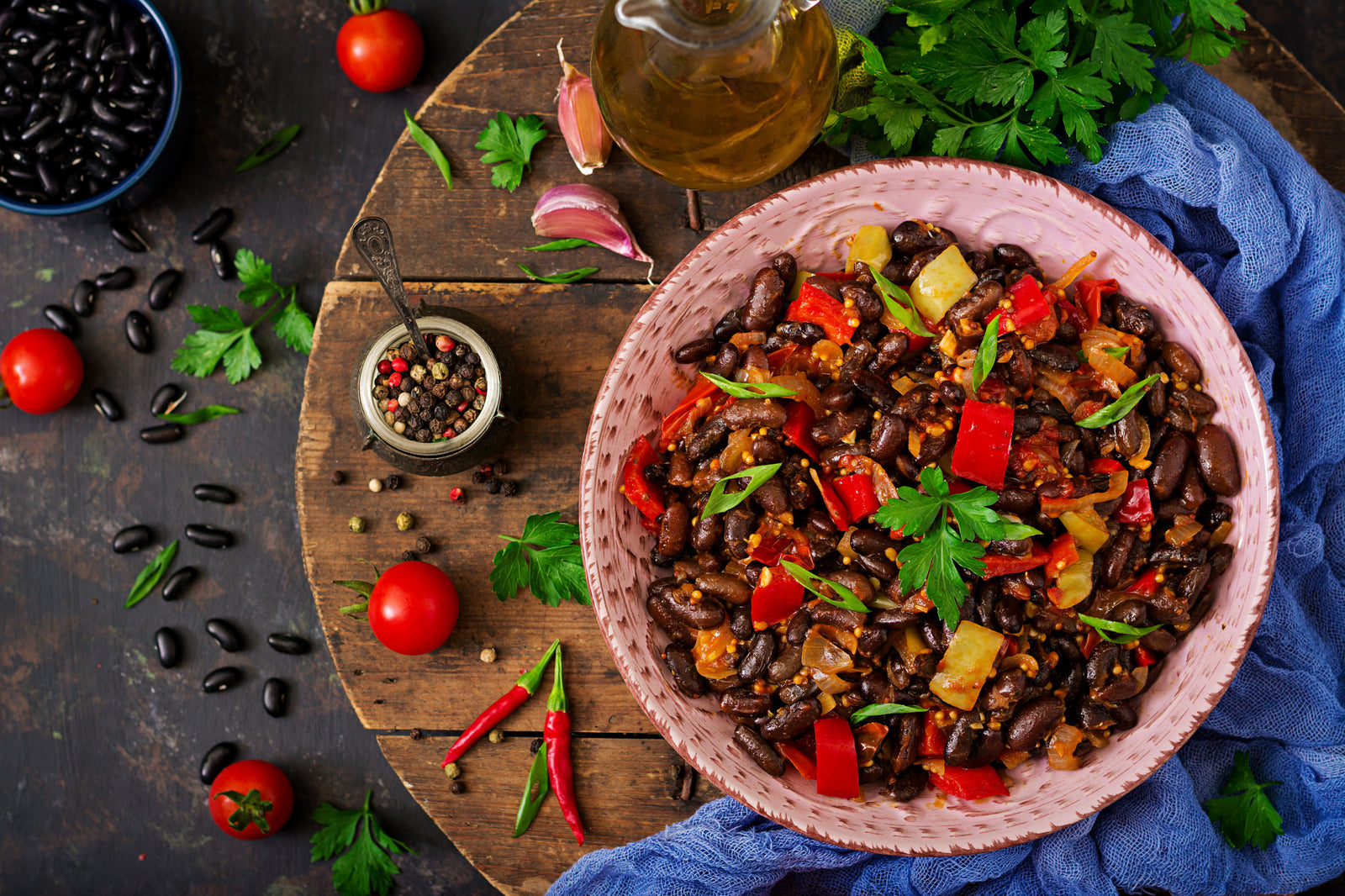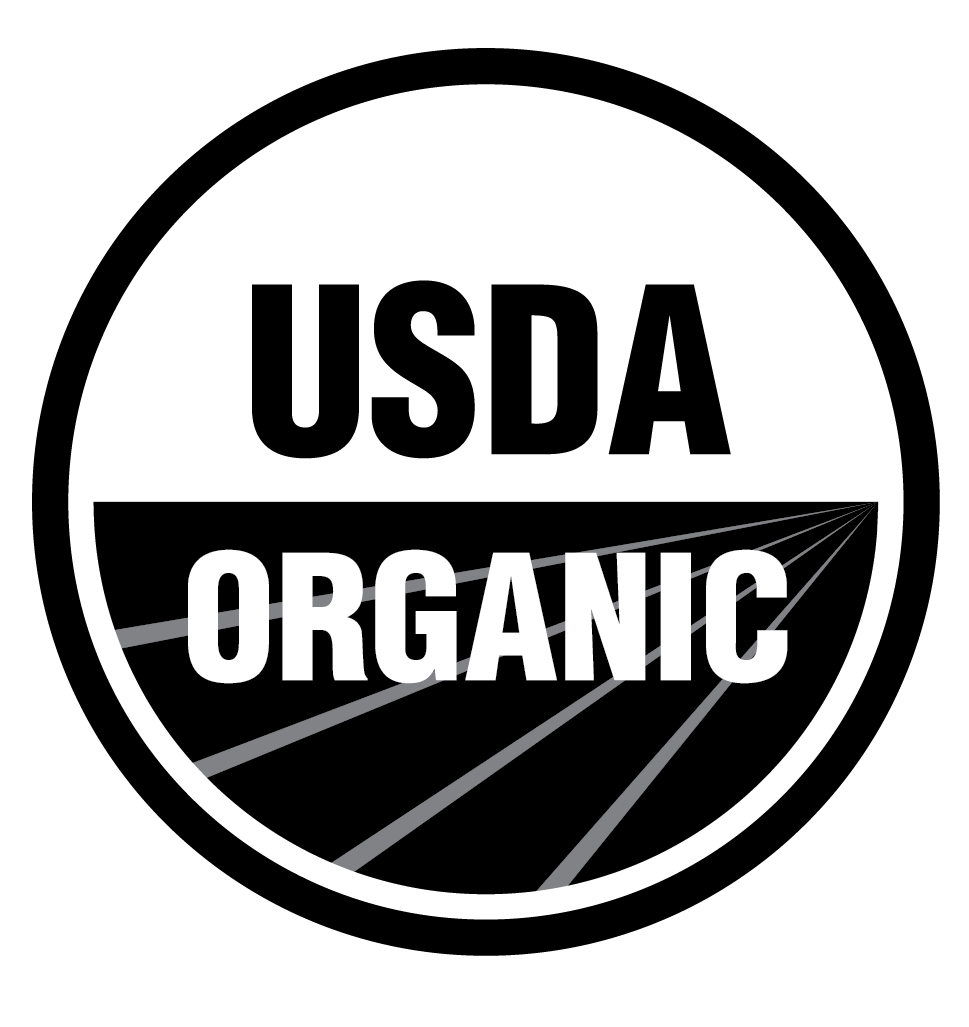
December 01, 2020 2 min read
How can I make sure that foods are truly gluten-free?
The basics of going gluten-free involve staying away from all foods and beverages containing barley, rye triticale, and of course, wheat. However, gluten-free products can sometimes be tricky to detect as wheat can often go by many different names such as farina, kamut, semolina, couscous, durum flour, graham flour and spelt to name a few. And even though you may be familiar with these foods as being grain-based products, not everyone may be aware that they are sourced from different varieties of wheat.
Look for food labels
In addition, you should look for food labels that certify that the product is gluten-free. This means that the product is not only devoid of gluten but is also free of any cross-contamination. Cross-contamination can often occur in facilities that process wheat as well as other grains such as oats. And while oats themselves are a gluten-free option, they can be contaminated when harvested or processed in the vicinity of wheat.

Food labels like “may contain gluten” are often an indication that the product was processed in a facility where wheat is also handled and chances of contamination are likely. At the same time, labels that read “wheat-free” may still contain gluten for there may be ingredients like rye or barley in them in some form.
Beware of wheat by-products

Likewise, there are a number of food products that can be hidden sources of gluten such as food additives, flavorings, commercially prepared sauces, soups, salad dressings, seasoned mixes and snacks like chips, tortillas, and cookies. In most cases, gluten is added to these products for thickening purposes and improving texture. Individuals who need to avoid gluten for health reasons also need to be cautious when eating out. The best suggestion is to locate a restaurant that serves a gluten-free menu or if not, ask restaurant staff about their gluten-free options.
Cutting out wheat from your diet may seem a restricting experience and rather challenging initially but will become easier with practice. There are a number of other whole-grain options that can be looked into which provide healthy and nutritious alternatives to wheat. Consider gluten-free grains like quinoa, buckwheat, millet, flax, and uncontaminated organic oats to supplement nutritive value in your meals.
Some Be Still Farms products are naturally gluten-free and not certified gluten-free. Check the nutrition profile on the product for more information.
❤ Try our USDA certified organic products ❤
Related Blogs:
Thanks for reading this Be Still Farms Blog article. To sign up for more news/articles and/or recipes, click here. For more about us, click here. To shop our certified organic products, click here.
Please comment and share and we look forward to serving you in the future!
Comments will be approved before showing up.

December 11, 2024 3 min read
Discover three quick and easy soup recipes featuring organic small red beans. From a classic vegetable soup to a creamy potato blend, these wholesome recipes are perfect for chilly days and busy weeknights. Packed with flavor and nutrition, these soups will warm your heart and soul this winter!

December 06, 2024 3 min read
This vibrant and nutritious Green Lentil Salad combines tender lentils with grilled chicken, fresh vegetables, and a zesty lemon dressing. Packed with protein, fiber, and essential vitamins, it’s the perfect healthy meal for any time of day.

December 02, 2024 3 min read
Black Turtle Beans are a global culinary star, bringing rich flavor and hearty texture to dishes from Mexico's tacos to Brazil's Feijoada. Their versatility and nutritional value make them a beloved staple in cuisines worldwide. Dive into this exploration of how different cultures celebrate these nutrient-packed legumes, and discover tips for incorporating them into your own kitchen creations.
© 2025 Be Still Farms- Real, Fine Organics.
Privacy | Terms | Refund Policy | Organic Certification
